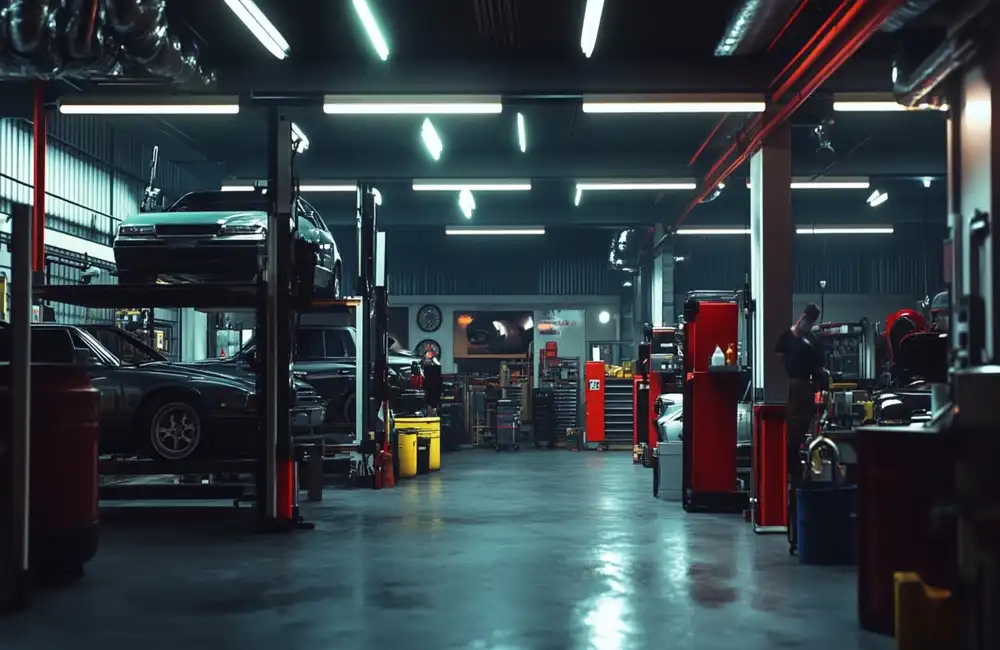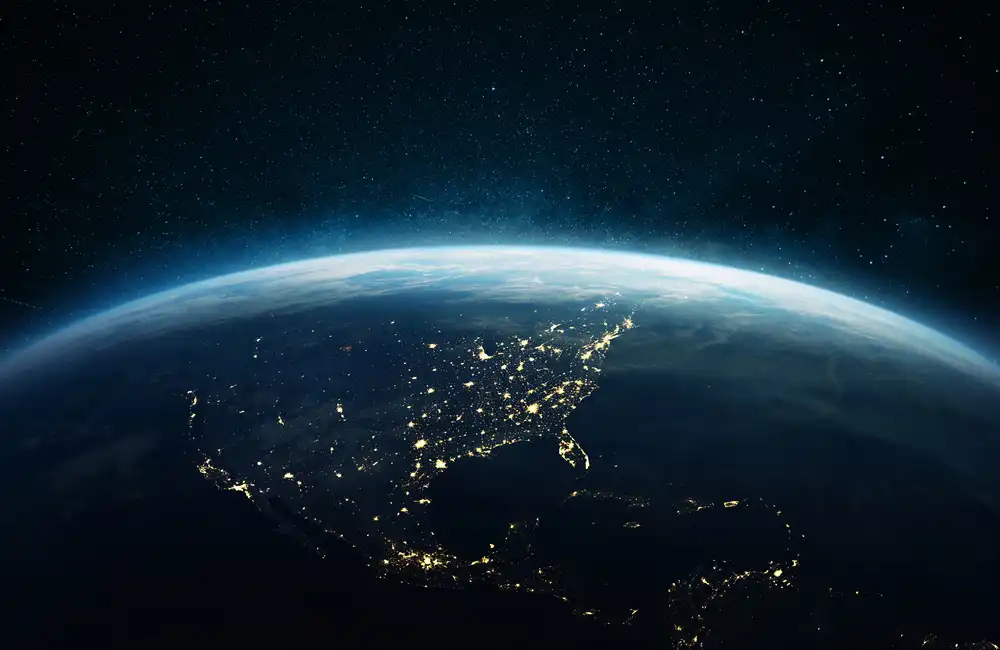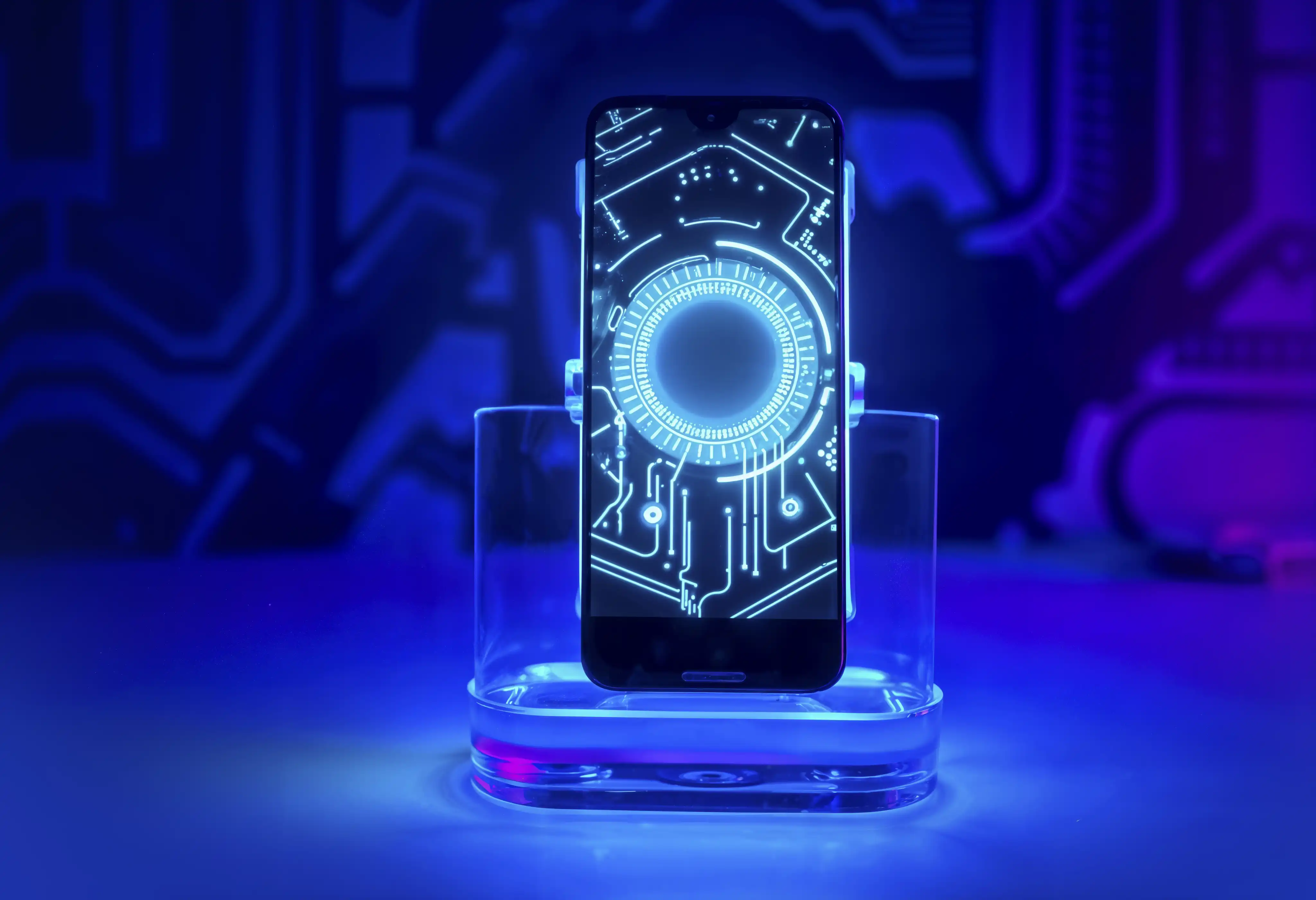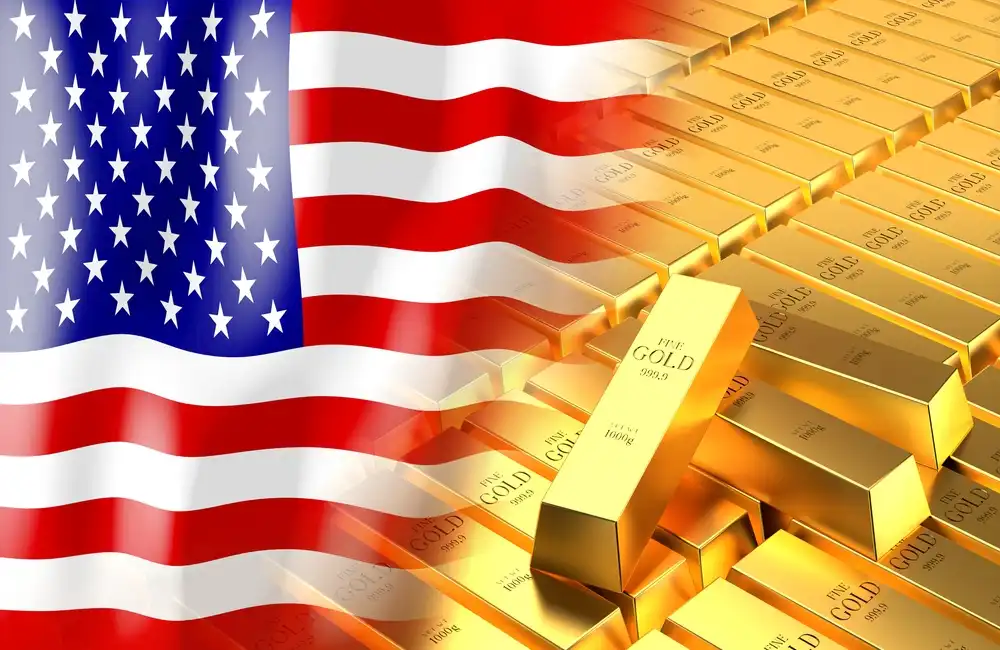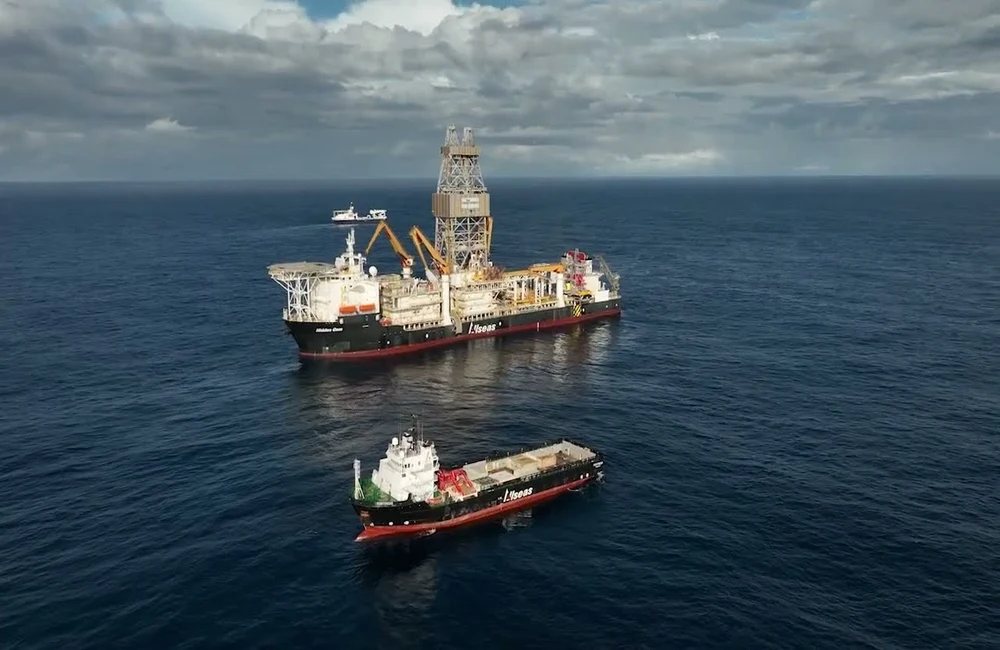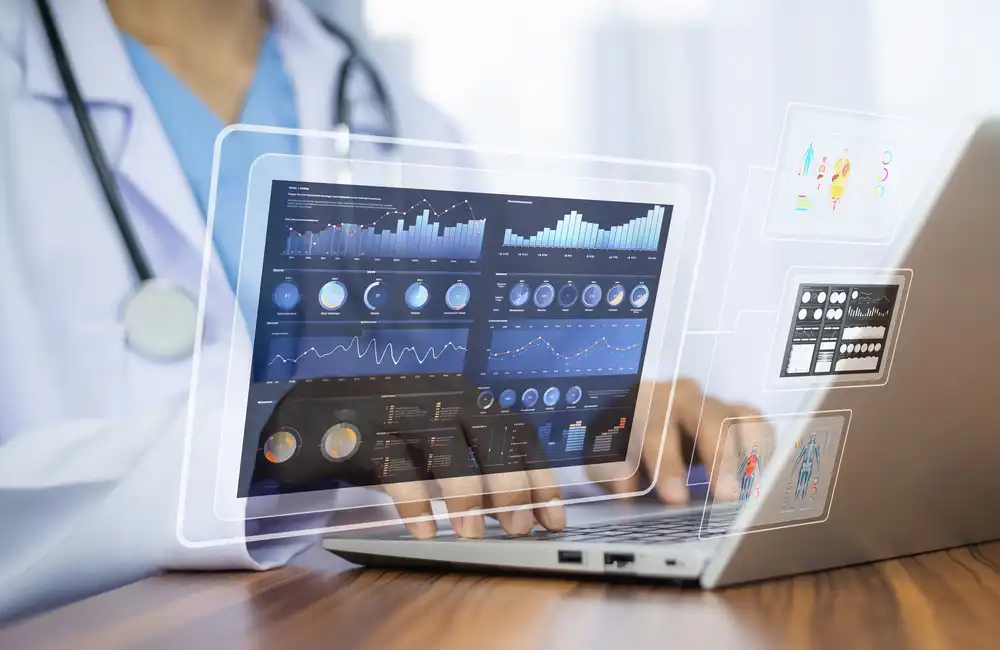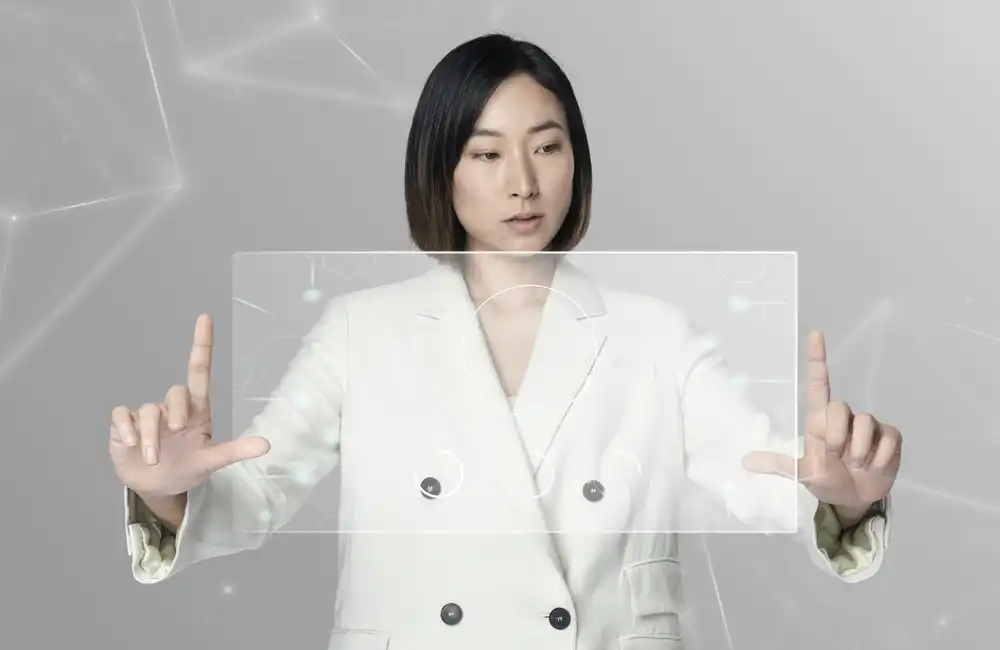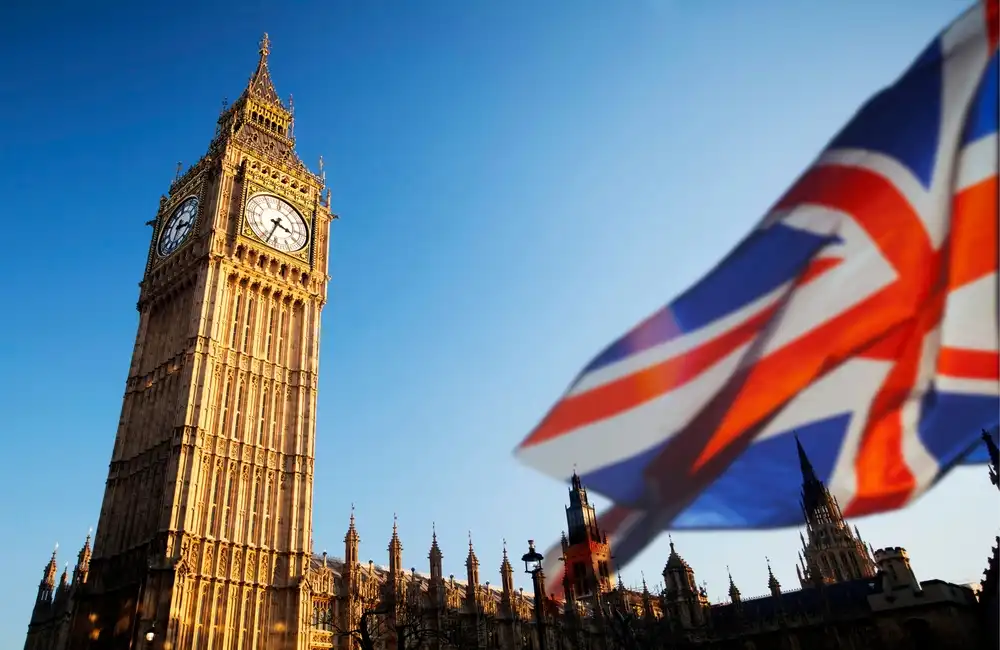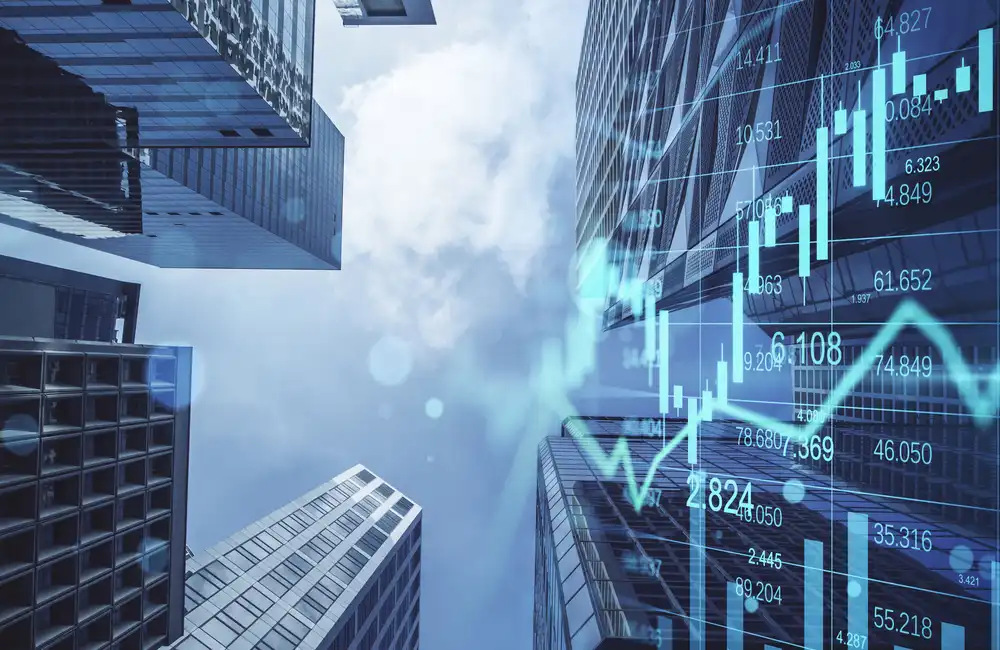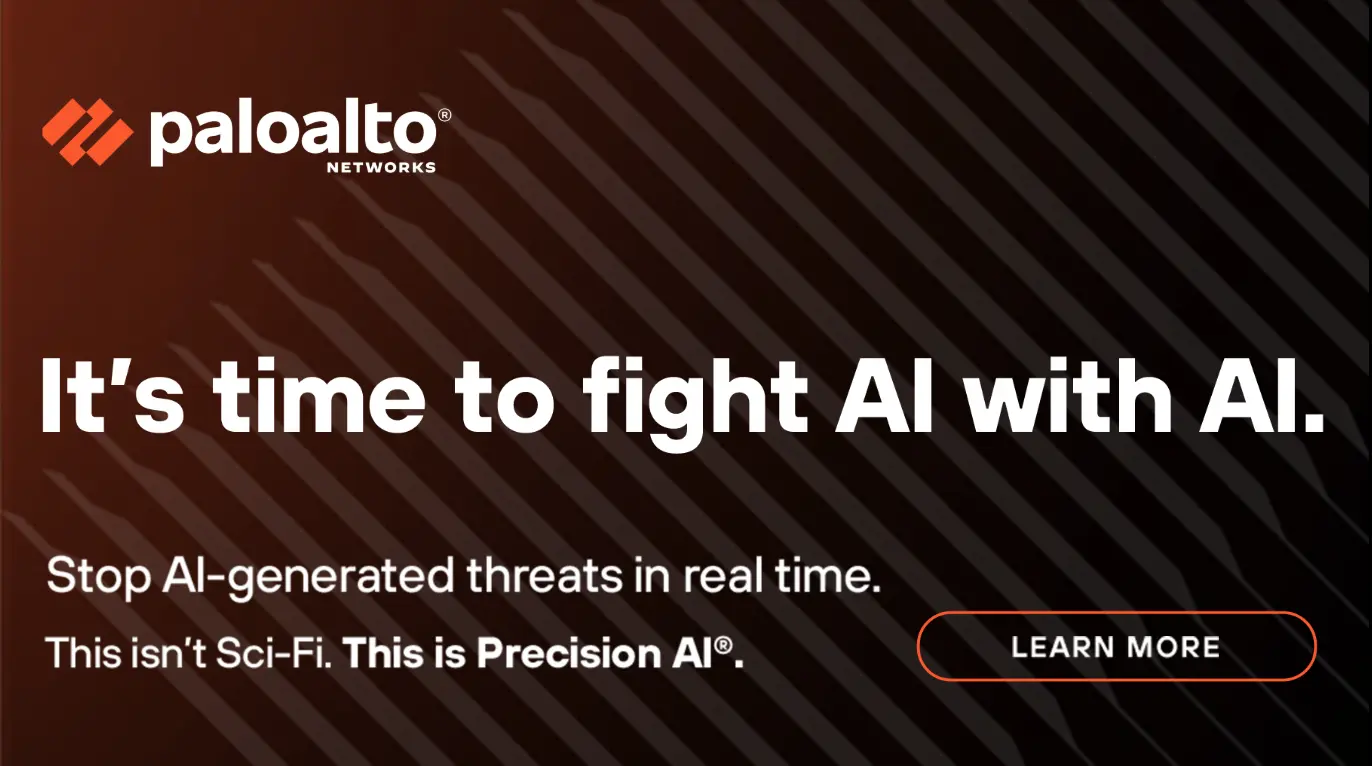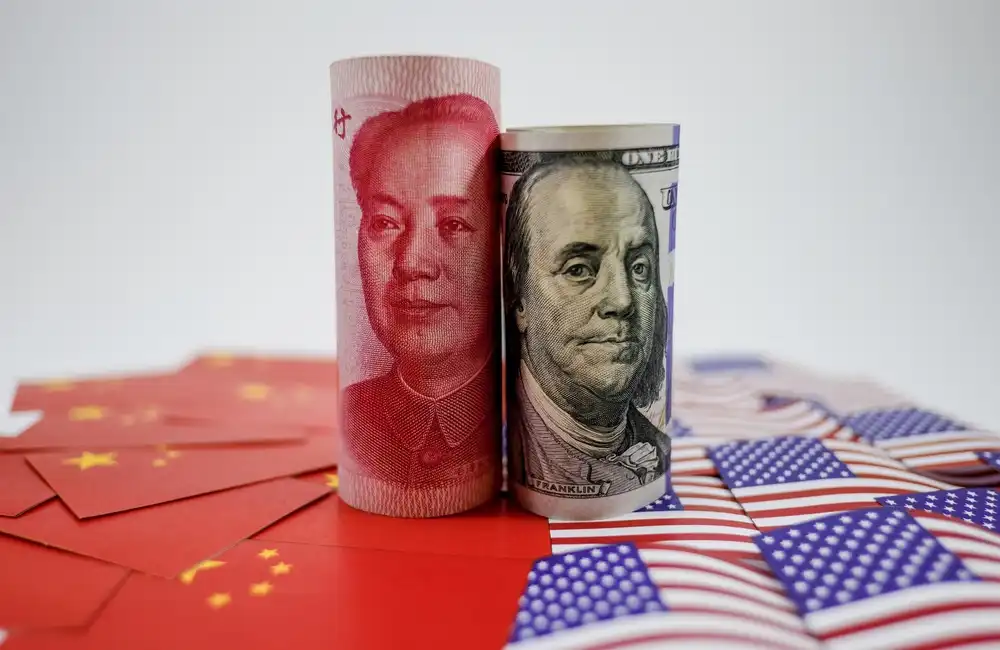Canadian battery metals developer The Metals Company has its first deep-sea polymetallic nodule collection vessel on the water and plans to launch harbor tests in February and deep-water trials in the North Atlantic later in Q1 2022, the company told S&P Global Platts Jan. 27.
The company is mining the largest known deposit of battery metals on Earth, the deep-sea polymetallic nodules under the contract area's geographies, the minerals found in the Clarion Clipperton Zone between Mexico and Hawaii.
These polymetallic nodules are rich in nickel, cobalt, copper and manganese that can be collected and processed at relatively low costs, with close to no solid waste or tailings from processing and 90% lower CO2-equivalent emissions compared to onshore mining.
If the code had not been in place by then, considering that the government of Nauru exercised a two-year notice in July 2021, the ISA then had to "consider and provisionally approve" the application of the relevant contractor based on the mining code in force at the time of the application, whether finalized or still in draft form, he said.
“The industry is heading to a decision about commercial production in the Clarion Clipperton Zone in July 2023 or thereabouts. Once we submit our application in Q3 2023, we plan to begin production by the end of 2024,” Shesky said.
Over two mining contracts in the CCZ, the company has a total estimated resource of 1.6 billion mt of polymetallic nodules, although for now will prioritize the first of those projects, NORI-D, which encompasses some 22% of the total.
The initial NORI-D project will begin with a single collector robot and a single converted drill ship, which is the vessel that Allseas, its partner and investor, has repurposed from an offshore oil and gas asset and will test in 2022.
NORI-D is ultimately slated to scale up to 119,000 mt/year of nickel, 2.8 million mt/year of manganese, 89,000 mt/year of copper, and 9,000 mt/year of cobalt.
Under TMC's plans, 46% of NORI-D's project revenue will come from nickel, 28% from manganese, 13% from copper, and 12% from cobalt.
“We have the potential to scale to over 500,000 mt/year of nickel based on full production potential over two of our contract areas," Shesky said. “Contrast that with a nickel market that we expect to be over 1 million mt into deficit by the end of this decade, we may be able to fill half of that.”
Offtake agreement
TMC is also hoping to be able to announce an offtake with a major consumer brand or automaker during 2022 and to resolve some funding issues to be able to move into a position to start production by the end of 2024, Shesky said in the Platts interview. Unofficially, TMC has an offtake agreement with TMC shareholder Glencore for half the nickel and copper in TMC's NORI license area.
Along with harvesting polymetallic nodules from the ocean floor, the company eventually intends to construct an onshore facility to process those nodules.
In TMC's first assessment, the transition to a full production system, including building onshore refineries and onshore rotary kiln-electric furnaces and constructing collection ships from scratch, would cost around $7 billion.
Shesky also said that the company could ramp up in a more capex-friendly manner with existing under-utilized RKEF capacity across Asia.
“We could do tolling agreements and ramp capex down at the outset, but the Western world is going to need a few million tonnes of nickel and... a few hundred thousand tonnes of cobalt for all the EV batteries and we are well and truly in the realm where it would make sense to explore government funding of some kind to assist in building and localizing capacity,” said Shesky.
“You're still waiting to see the ISA mining code established and what that means in terms of other offtake you would look for, but for now, TMC will be exploring establishing a further offtake agreement... Continue to take it forward until the ISA mining code has been established,” Peters said.
“At the end of the day, if there’s one thing that’s going to take us out of the exploration phase and into production, it’s going to be regulatory certainty, so that’s why I think the work being done by the ISA is so important,” he said.


